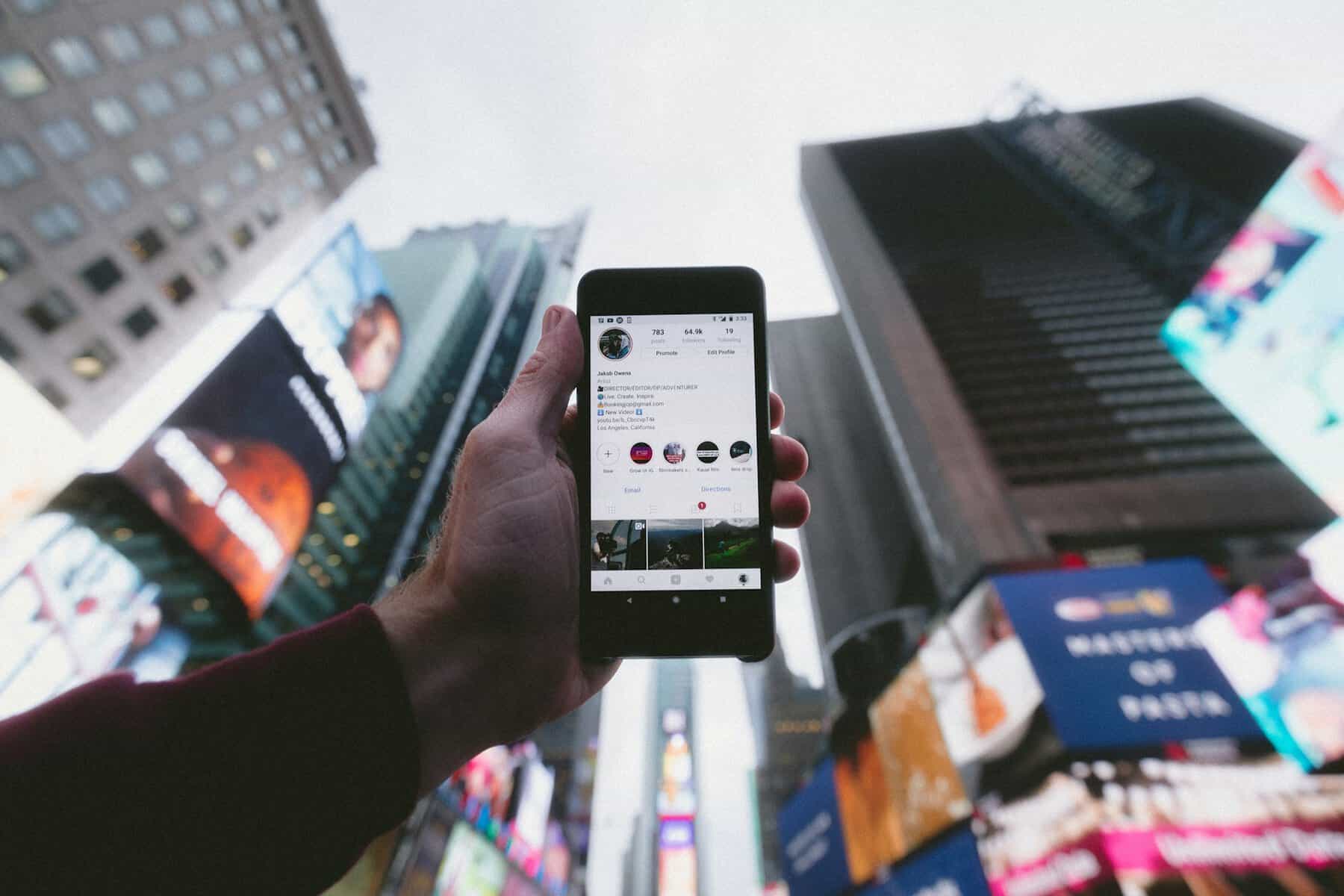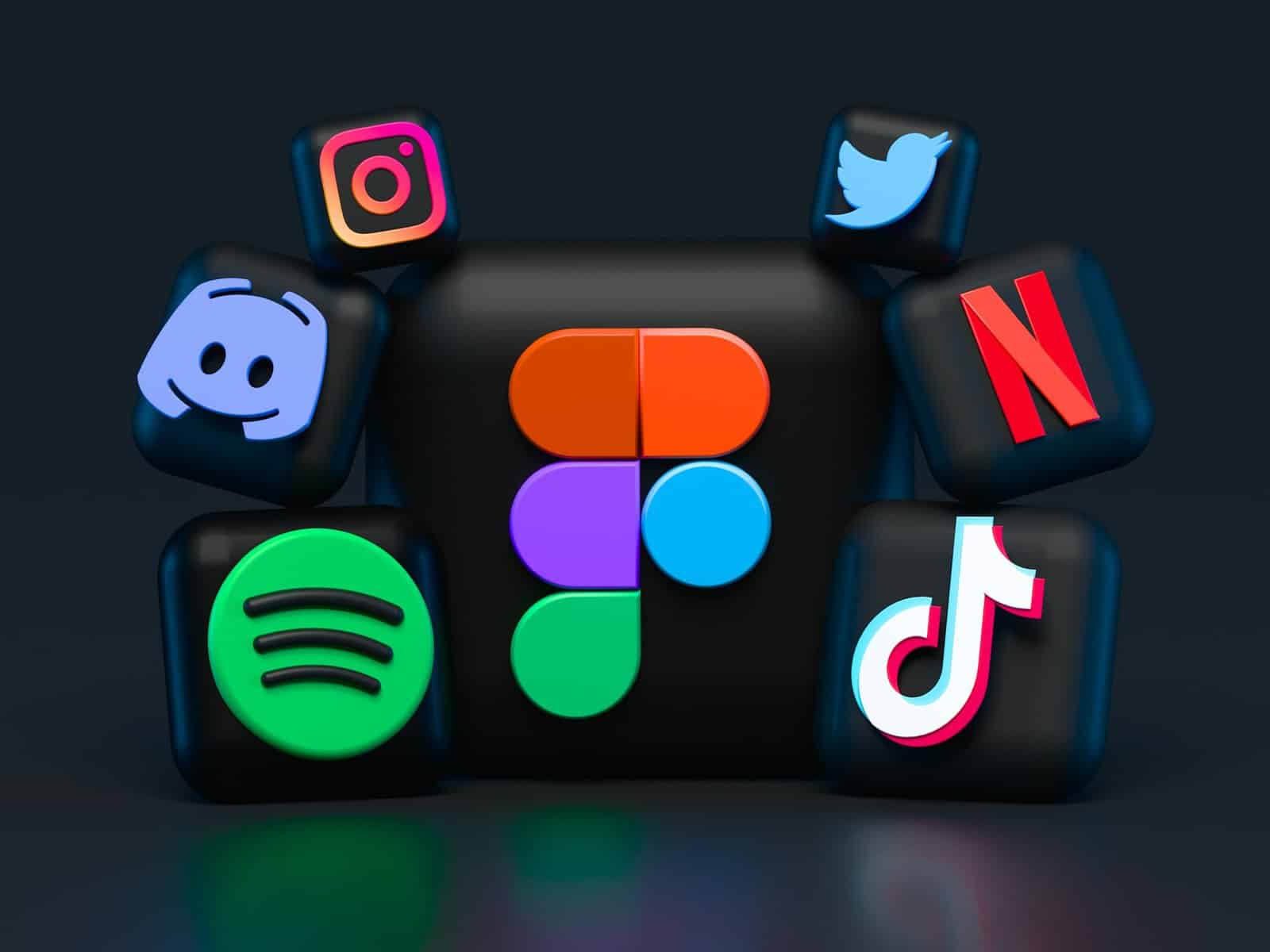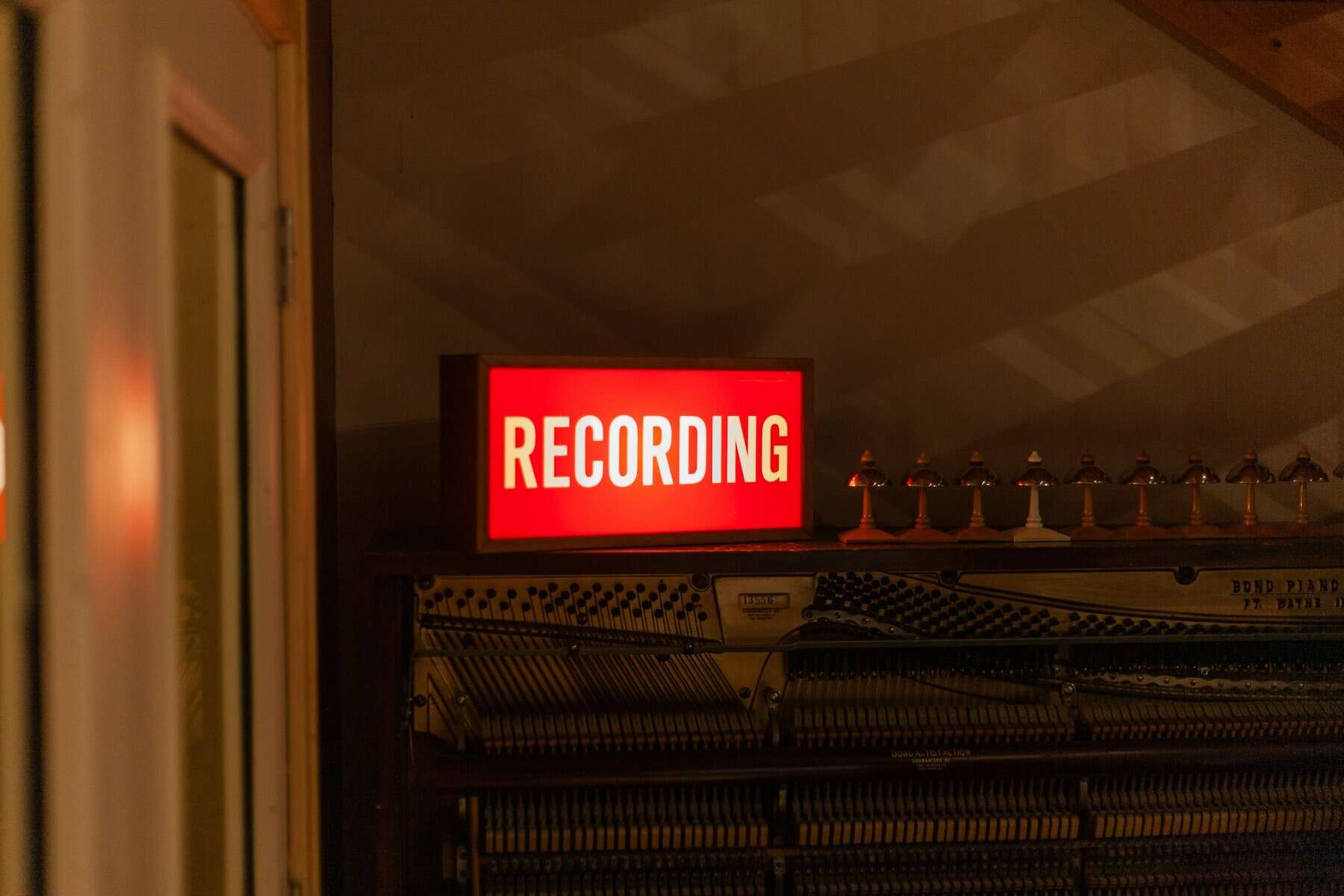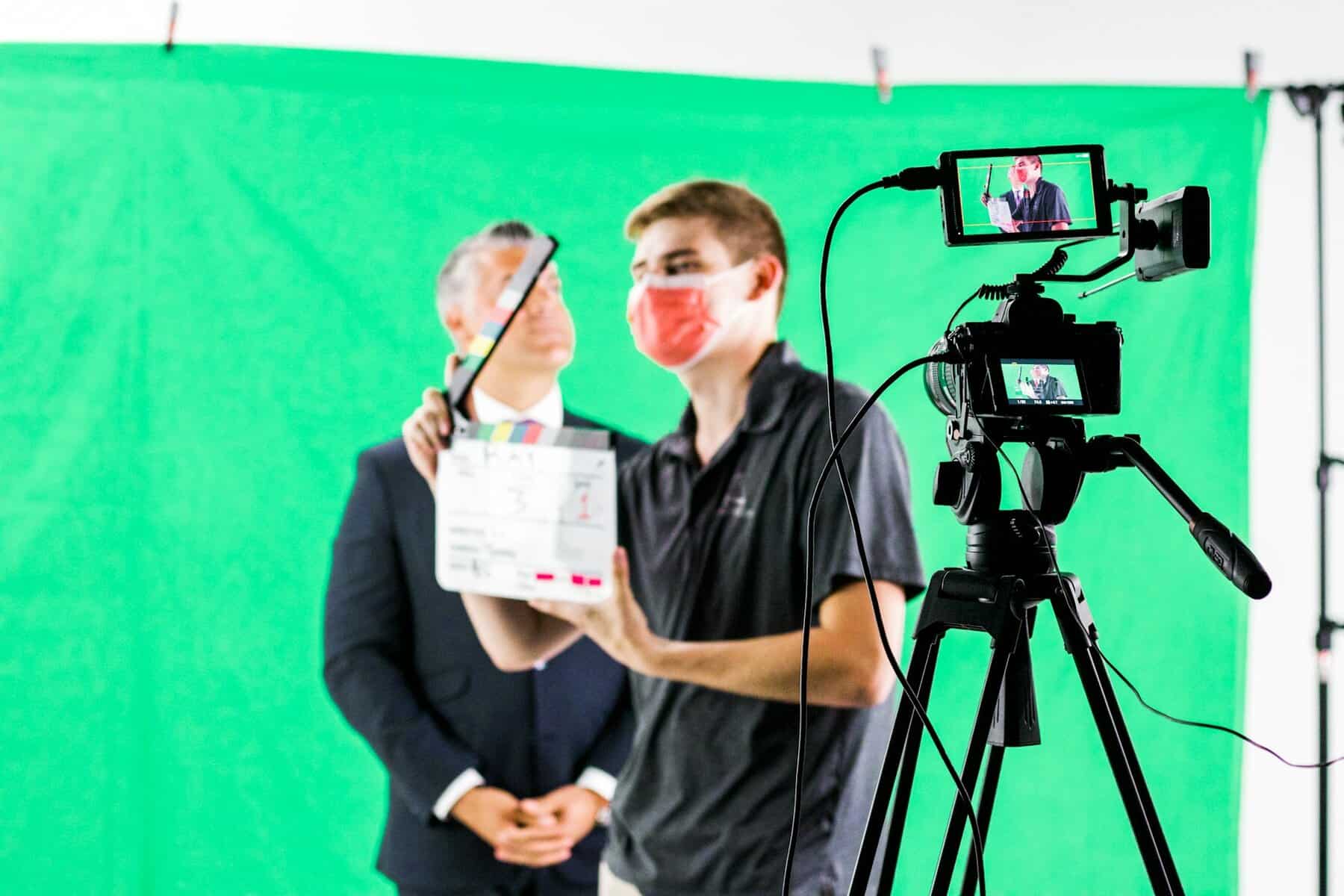Building customer trust doesn’t happen with just one social post or reply. It’s a steady process that depends on how authentic, responsive, and consistent a brand shows up online. Social media platforms give businesses a direct line to their audience, and how they use it can make or break someone’s trust. Followers are paying attention to more than just pretty graphics. They’re looking for real, honest interactions that feel human.
One of the most underrated ways to build that trust is through strong content paired with smart social media management. This includes everything from how you answer messages to how your brand sounds, looks, and even sings. That’s right, audio tools like jingles and clips from radio ads still have a place today, especially when strategically used in your social feed. These tools help keep your business voice consistent while making it more memorable. Let’s walk through some simple strategies to build trust while keeping your brand content fresh, honest, and engaging.
Establishing Authentic Communication
Trust starts with being real. It’s hard for people to connect with a business that only posts polished promos or sales pitches. People want to feel like they’re dealing with other people, not a logo or a robot behind a screen. Creating a sense of connection, even through a smartphone screen, is possible with honest communication that feels natural and thoughtful.
Here are ways to bring more authenticity into your content:
- Share behind-the-scenes looks at your team or workspace. Letting people see who’s behind the company makes a difference. Hearing the voices behind your services through short clips, bloopers, or even radio jingle recordings can help humanize your brand.
- Be real about challenges, not just the wins. If a campaign didn’t land the way you hoped or you’re trying something new, talk about it. People appreciate honesty.
- Keep your tone friendly and consistent. Whether someone is reading your caption or hearing a voice-over in your jingle, the tone should be familiar and true to your brand each time.
- Use simple storytelling to make posts more personal. Don’t just say your jingle team made a great piece. Talk briefly about why you made it or how it connects to your brand message.
For example, a local business posted a short video of their team recording a jingle complete with a behind-the-scenes laugh from a voice actor. That single clip got more comments than their last five posts combined. Why? Because people like moments that feel real.
People pay attention when they feel like they’re “in” on something. Give them ways to connect with you beyond showing just a finished product. Whether it’s a funny outtake from your radio ad voiceover session or a quick phone-recorded team lunch, these unfiltered moments show personality, and personality builds trust.
Responding To Customer Feedback And Inquiries
No one likes being ignored, especially customers trying to ask a question or leave a comment. Quick, clear responses show that you care, and that’s a strong trust booster. But it’s not just about hitting reply, it’s about how you reply and what message your brand gives off in those moments.
Here’s how to handle it better:
- Always respond to messages, even short comments. A smiley face emoji or quick reply goes a long way.
- Don’t delete negative feedback unless it’s spam or offensive. If someone complains, acknowledge it respectfully and move the convo to private messages if needed.
- Own up to mistakes when they happen. People respect honesty and are more likely to give second chances when businesses take responsibility.
A great way to bring this full circle is by showing social “wins.” For example, if a customer commented on how much they loved your brand theme song or radio clip, make a follow-up post celebrating it. Let new customers see you’re noticing and appreciating the feedback. Short audio clips of those moments, either in customer testimonials or reposts with jingles in the background, can also reinforce that your brand is more than posts. It’s a full experience.
Listening and replying shouldn’t be tasks passed down to whoever happens to be online. If your business is serious about building trust, social listening should be part of your daily plan. That time spent answering one person may lead to a dozen referrals later. Customers do talk. Make sure they have good stories to share.
Creating Value-Driven Content
The kind of content you create says a lot about how much you value your audience. When posts feel useful, meaningful, or entertaining, it draws people in and encourages them to stay connected with your brand. Social content doesn’t always need to sell. In fact, trust builds faster when people feel like they’re gaining something just by being part of your community.
One solid way to do that is by mixing up content styles. Instead of just using static images or long captions, mix in short audio clips of past radio commercials or catchy snippets from jingles. These keep your feed fresh while reinforcing your brand identity. Audio naturally draws attention when placed wisely among visuals.
Try posting content that:
- Answers common questions your audience often asks
- Teaches something useful in a fun or bite-sized way
- Shares a quick tip related to your service, paired with a jingle for easy recall
- Makes someone laugh or smile, like short creative soundbites or remixing your own jingle in a playful way
User-generated content can help here, too. Encourage customers to post experiences using a specific hashtag, then repost the best ones. If someone shares a fun story involving your service and references a jingle they remember, that’s marketing gold. It blends trust and relatability.
Think of it like a balanced meal. A feed filled with only marketing posts feels too heavy. Add in lighter, value-based content people enjoy snacking on, and they’ll come back more often. Mix visuals and audio for stronger engagement, and always keep the tone warm and clear.
Maintaining A Consistent Brand Voice
Staying consistent helps people recognize and trust your brand, even when they’re scrolling fast. While visuals draw the eye, your tone of voice keeps them interested. That includes your writing style, message, and even the sound of your content if you’re using jingles or audio branding.
It helps to pick a tone that mirrors your brand’s personality. Friendly and upbeat? Straightforward and professional? Keep that same tone across posts, replies, and even radio ads. Your social captions should feel like they’re coming from the same person your audience hears in your radio or jingle voiceover.
Maintaining that consistent voice means:
- Using the same vocabulary or phrases in posts, jingles, and scripts
- Picking music or jingle elements that match your overall style. Don’t jump from a corporate-sounding ad one week to a goofy jingle the next
- Repeating brand taglines or slogans across platforms so they become familiar
Picture a business that runs a southern-themed jingle with a catchy “Y’all Ready?” intro, and then speaks in a stiff, formal tone on social media. That disconnect can break trust. People notice when things don’t match.
Brand consistency isn’t about being predictable. It’s about being familiar in a way that builds comfort. Whether they’re reading a tweet or hearing a 10-second audio clip in their Instagram reel, your customers should know it’s you before they see your name.
Building Long-Term Relationships
Short-term effort brings short-term results. When it comes to customer trust, you want people to stick with your brand long after the first sale or follow. Building long-term ties means showing people you value them beyond the transaction. It also means keeping them interested and involved.
There are a few ways to keep those relationships growing:
- Offer loyalty rewards on your social platforms. Share promo codes, giveaways, or special access only available to your followers. You can even tie these into audio-based contests involving your jingle.
- Feature your audience in your content. Share their stories, repost their mentions, or highlight employees and customers who play a role in your brand’s journey.
- Invite customers into the creative process. Ask for feedback on jingle versions before they go live. Run a poll on which voiceover fits best. Involving people makes them feel part of your growth.
- Share community involvement. Showing how your brand supports local efforts builds deeper trust. Share short audio updates from events or radio clips promoting those efforts to keep the buzz going.
- Give exclusive previews or sneak peeks of new radio commercials or upcoming promotions. Let your followers be the first to hear it. That kind of access turns casual followers into loyal advocates.
Trust is about consistent behavior over time. The more often customers realize you’re reliable, honest, and thoughtful in how you connect, the easier it is for them to believe you’re worth sticking with through posts, audio, and every little message in between.
The Trust You Build Is the Brand You Keep
Social media isn’t just a place to post ads and hope for clicks. It’s where relationships are built one real conversation at a time. When your audience sees and hears consistency, authenticity, and value, they start to believe in your brand. Every reply, comment, post, and jingle adds a layer to that trust.
Audio plays a larger role than many think. Jingles and short radio clips leave quick impressions that stick. Use them the right way, paired with warm communication and helpful content, and trust will come naturally. The hardest part is staying consistent. But once you do, customers don’t just trust you, they tell others why they do.
Use social media not just to talk, but to connect. When your content helps people, makes them smile, or just feels human, you’ve already won half the battle. The rest comes with time and conversations worth having.
Boost your brand’s authenticity and trust with the help of Killerspots Agency. Our team understands how to craft captivating content and deliver consistent messaging that resonates with your audience. Interested in enhancing your visual storytelling? Discover our green screen studio rental in Cincinnati for creating dynamic videos that stand out. Contact us today to begin transforming your brand’s online presence.
